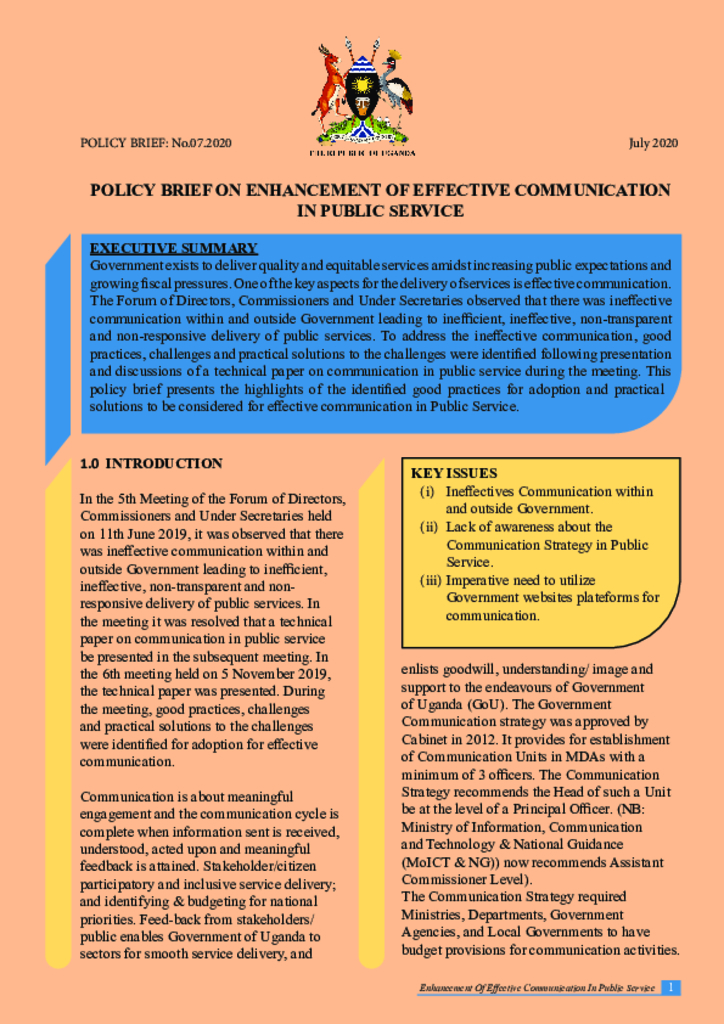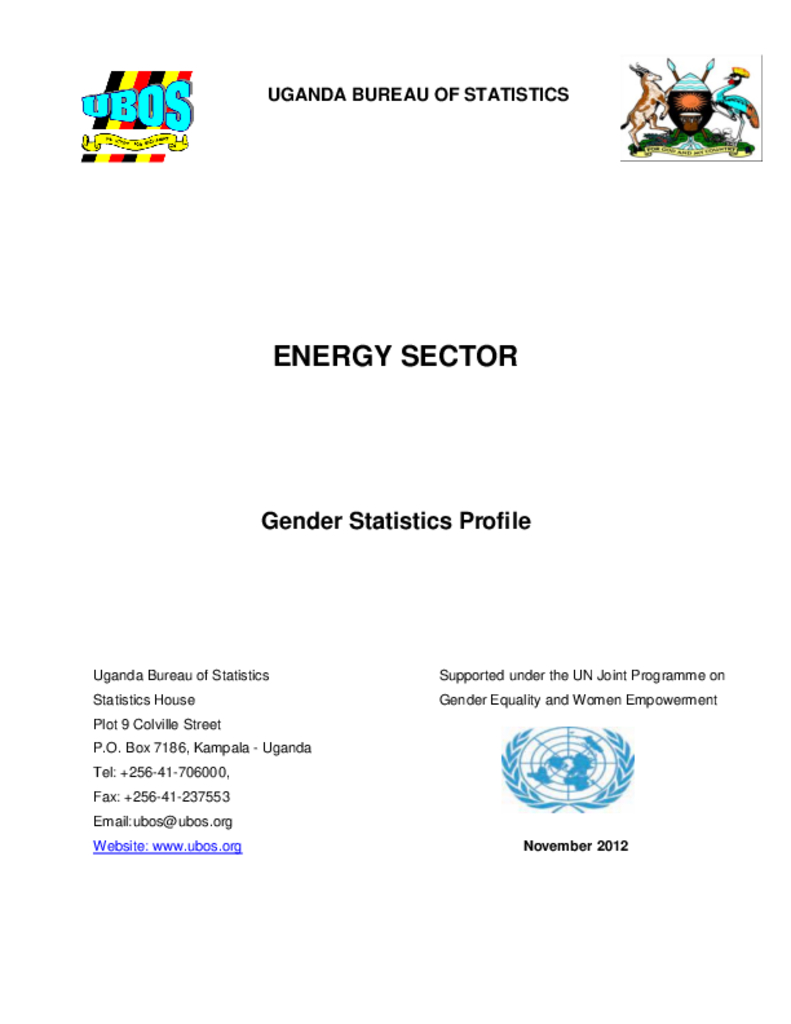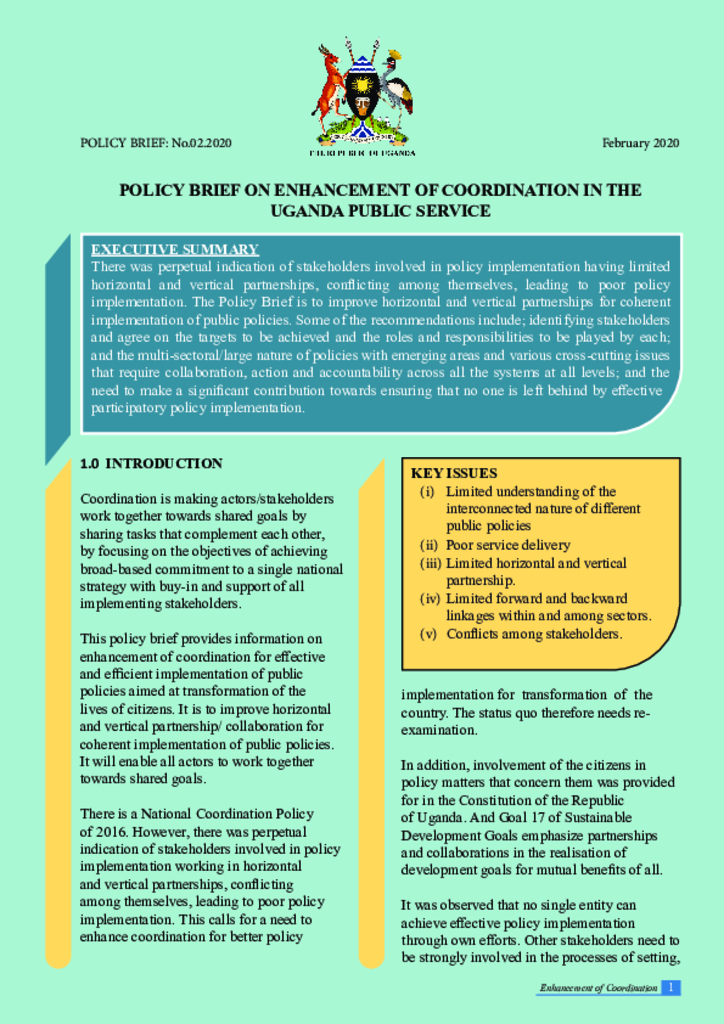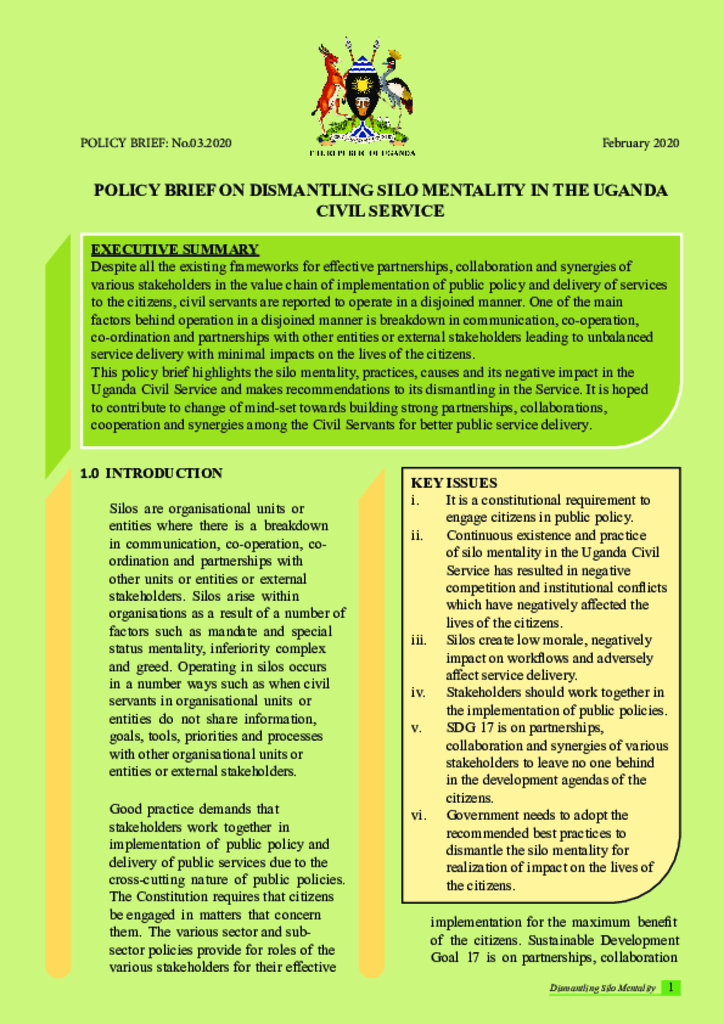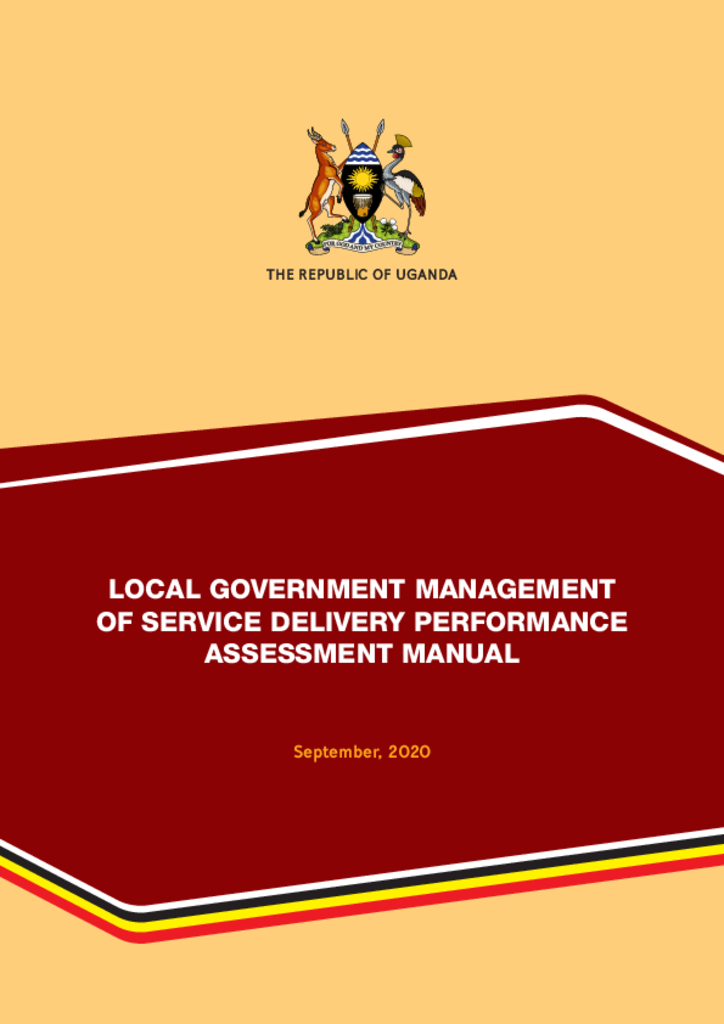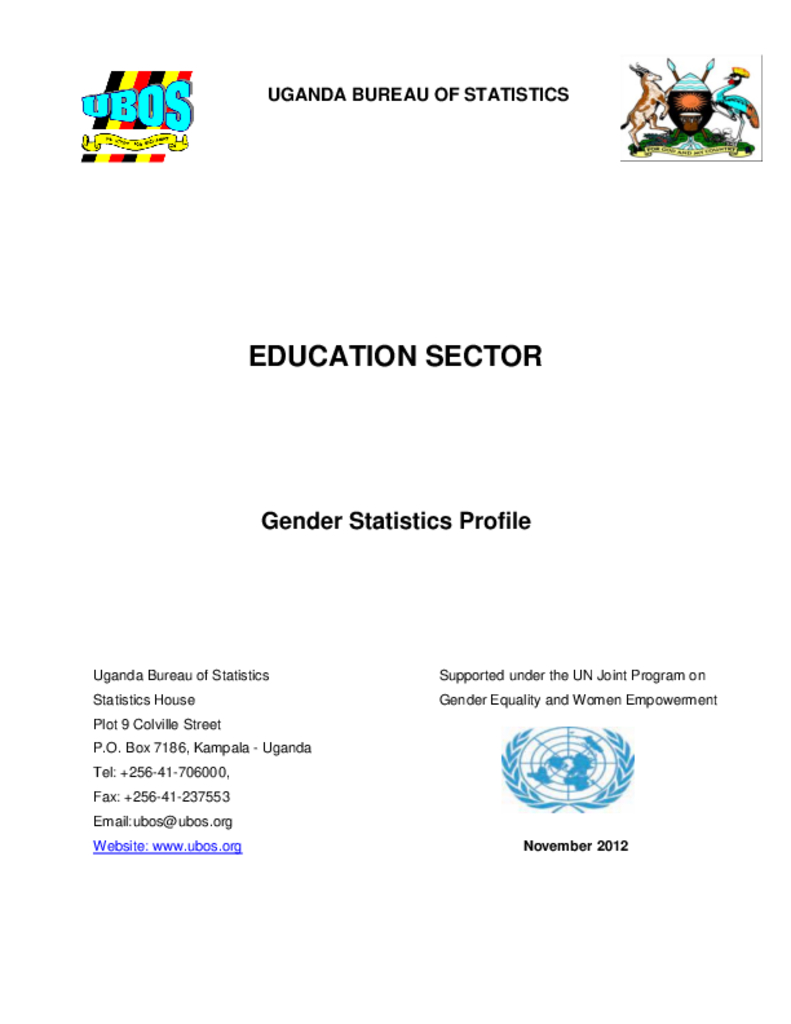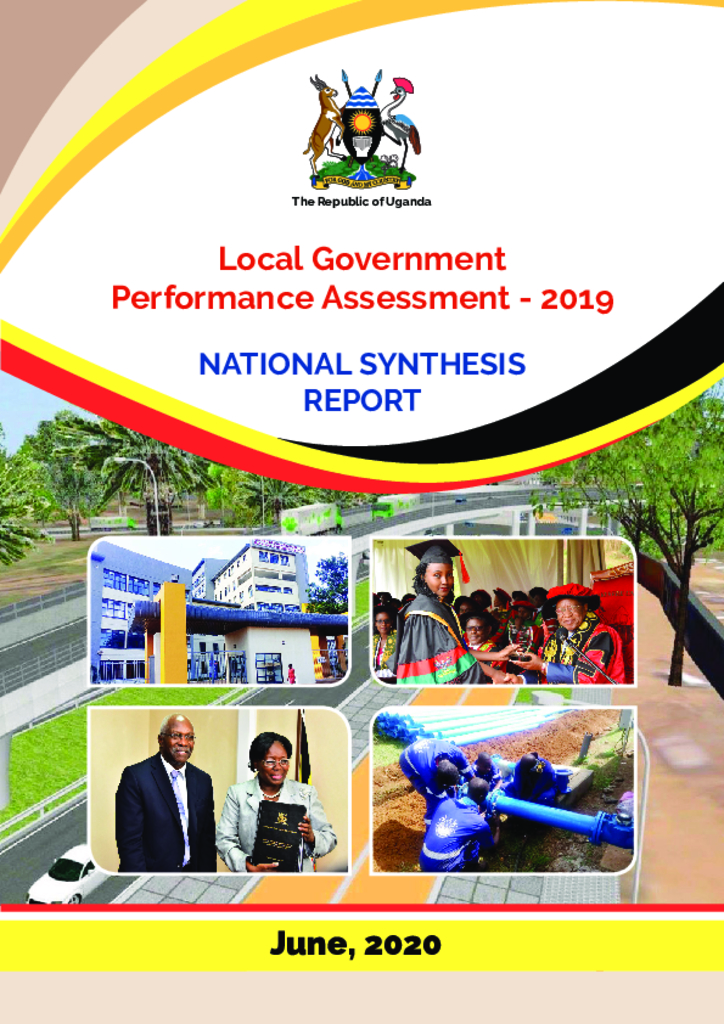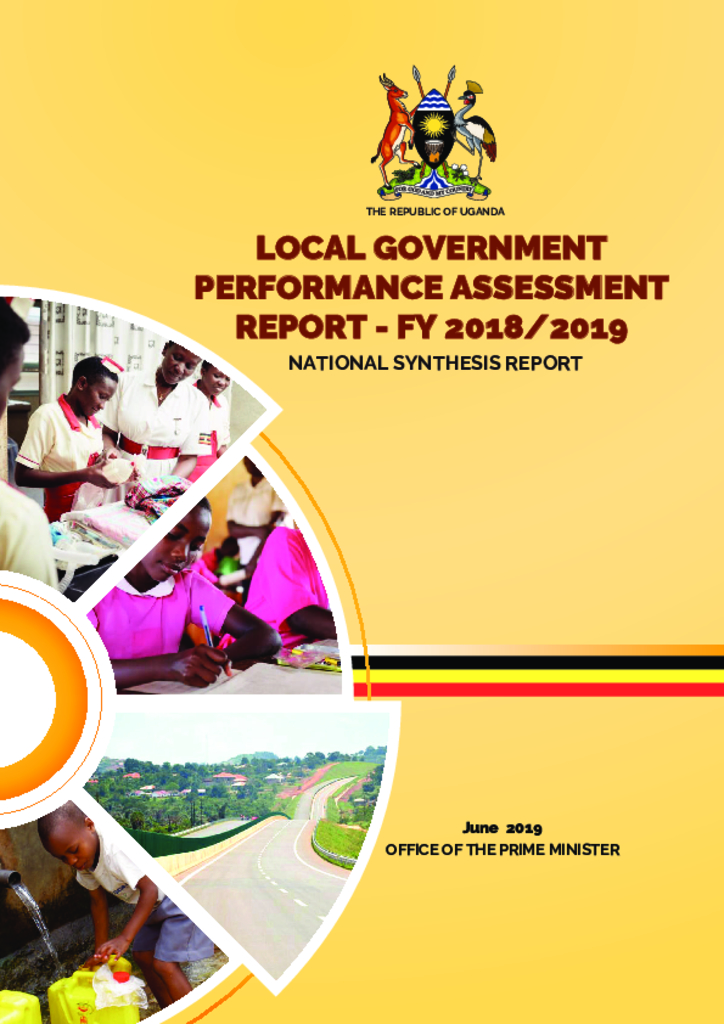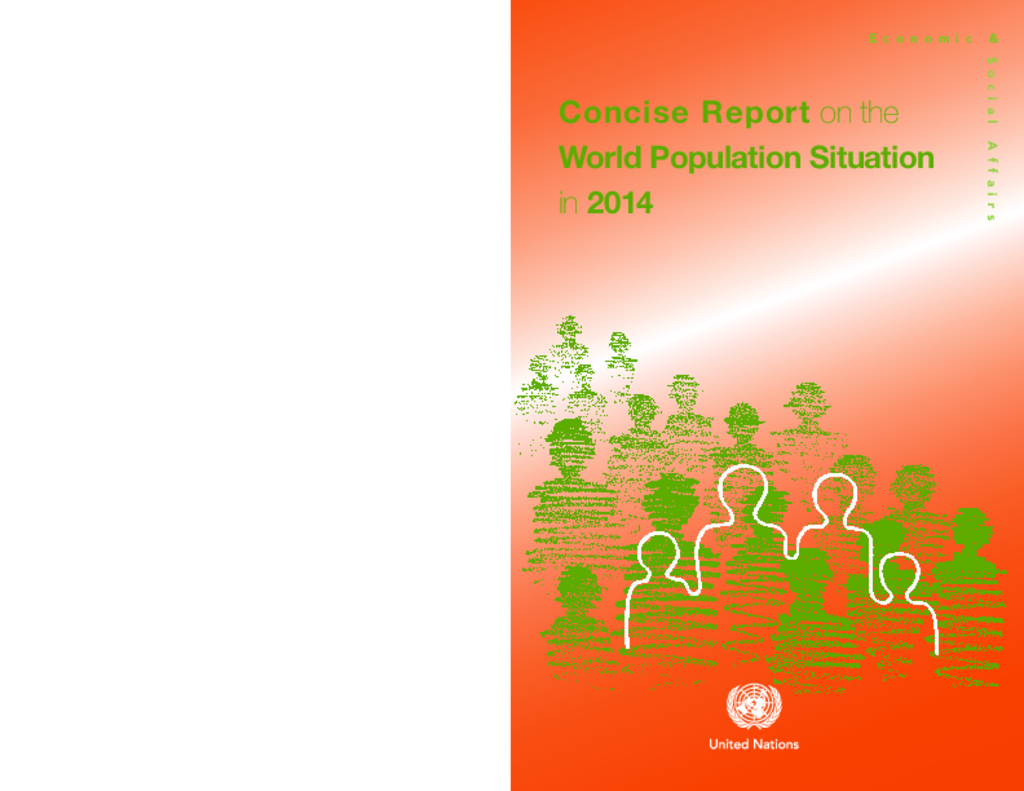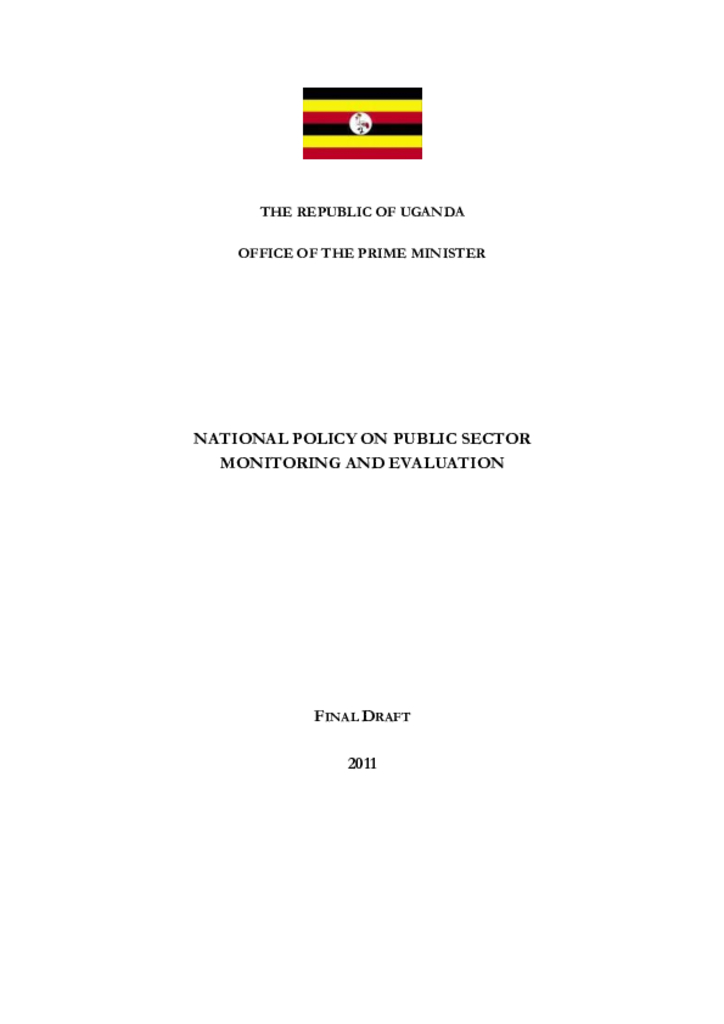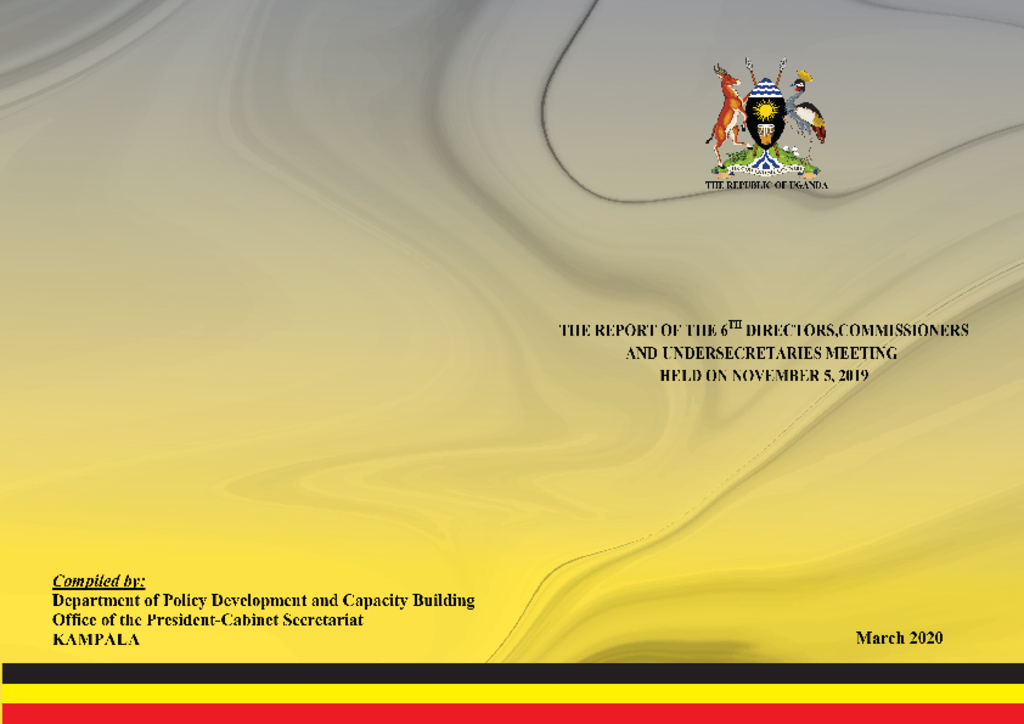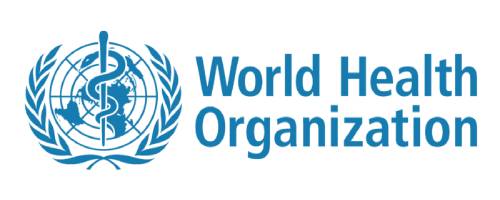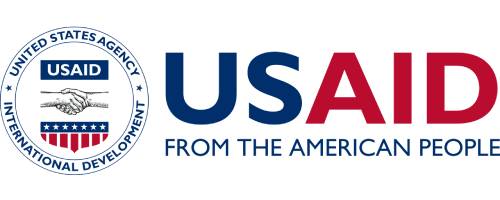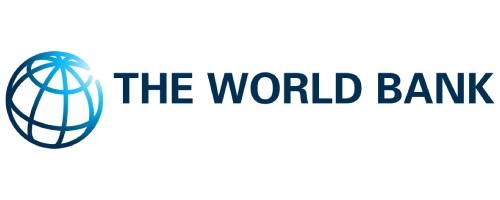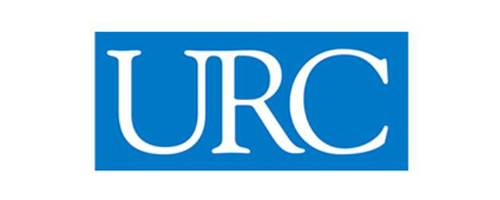Government exists to deliver quality and equitable services amidst increasing public expectations and growing fiscal pressures. One of the key aspects for the delivery of services is effective communication. The Forum of Directors, Commissioners and Under Secretaries observed that there was ineffective communication within and outside Government leading to inefficient, ineffective, non-transparent and non-responsive delivery of public services.
The management of the Uganda Bureau of Statistics is pleased to present a maiden Gender Statistics Profile for the Energy Sector. This report attempts to highlight the existing gender differentials and presents a contemporary overview of gender development issues and concerns in the sector. Gender Profiling for Statistics is part of the various efforts to increase availability of gender responsive data to inform policy and decision making
This policy brief provides information on enhancement of coordination for effective and efficient implementation of public policies aimed at transformation of the lives of citizens. It is to improve horizontal and vertical partnership/ collaboration for coherent implementation of public policies. It will enable all actors to work together towards shared goals.
This policy brief highlights the silo mentality, practices, causes and its negative impact in the Uganda Civil Service and makes recommendations to its dismantling in the Service. It is hoped to contribute to change of mind-set towards building strong partnerships, collaborations, cooperation and synergies among the Civil Servants for better public service delivery.
The manual has been jointly developed by relevant Ministries, Departments and Agencies(MDAs) in close consultation with local Governments. It provides detailed information and guidelines on the objectives, processes, organization and management of the Performance system to be applied including activities prior to, during and after assessment.
Development of the gender statistics profiles is anchored in the Beijing Platform for Action, which underscores the need for gender analysis as one of the critical starting point for gender mainstreaming.
The main objectives of compiling the gender statistics profile were to establish the level of awareness of gender issues and concerns within the Ministry; Generate gender responsive indicators for the sector; Repackage information to enhance availability and use of gender statistics by various stakeholders and Build skills of the Gender Focal Persons to generate gender responsive statistics. The profile provides a contemporary overview of gender and development concerns; as well as gender differentials in access, participation and use of services in the sectors.
This report presents the synthesized results from the Local Government Performance Assessment (LGPA) for 2019; conducted between September - December 20191 . The 2019 LGPA is the third edition of the assessment under the new framework of the InterGovernmental Fiscal Transfer Reforms (IGFTR) introduced by Government to increase the adequacy, improve equity and ensure efficiency of Local Government financing.
The 2018 Local Government Performance Assessment (LG PA) Report is the second edition under the new Local Government Assessment framework. The assessment was conducted between September-October 2018 with involvement of the Local Government Performance Assessment Task force, Ministries, Departments and Agencies (MDAs), Local Governments and Development Partners. This report provides findings constraining service delivery in Local Governments and proposes recommendations to address them.
The present report provides a demographic perspective on how the world has changed over the past 20 years. The world has witnessed many profound social, economic and political changes since the International Conference on Population and Development, held in Cairo in 1994.
Few factors will shape the future global development agenda as fundamentally as the size, structure and spatial distribution of the world’s population. Ongoing demographic transitions associated with changing levels and patterns of fertility, mortality and migration continue to bring about important changes in the size, structure and spatial distribution of families, households and communities around the world, creating both opportunities and challenges for the design of policies that aim to promote the well-being of current and future generations.
The National Resistance Movement (NRM) party continues to enjoy massive support and endorsement from every part of Uganda. This is because it is a true pro-people party with a clear and principled agenda of ensuring the safety and prosperity of all Ugandans. Its countrywide grassroots appeal draws both young and old to advance the party’s core principles of Democracy, Patriotism, Pan-Africanism and Socioeconomic transformation.
The Government of Uganda (GoU) is committed to achieving results through the efficient and effective delivery of key public services, maintaining law and order and in facilitating the transformation of the economy to enable the private sector to flourish, to expand enterprise and ultimately ensure the prosperity of Ugandans.
This commitment is embedded in the country‟s National Vision that aims at a transformed Ugandan society from a peasant to a modern and prosperous country within 30 years, to be achieved through a succession of five-year national development plans. The current five –year National Development Plan targets an increase in per capita income from USD 506 in 2008/09 to USD 900 in 2014/15 and a decline in the proportion of the population living in poverty from 31 per cent in 2005/06 to 24.5% in 2014/15
This is the report of the Sixth Meeting of Directors, Commissioners and Undersecretaries Forum which took place at the Office of the President, Conference Hall on 5th November 2019. The purpose of the meeting was information sharing, knowledge and experience exchange, and peer learning for improved Public Policy Management and public service delivery
